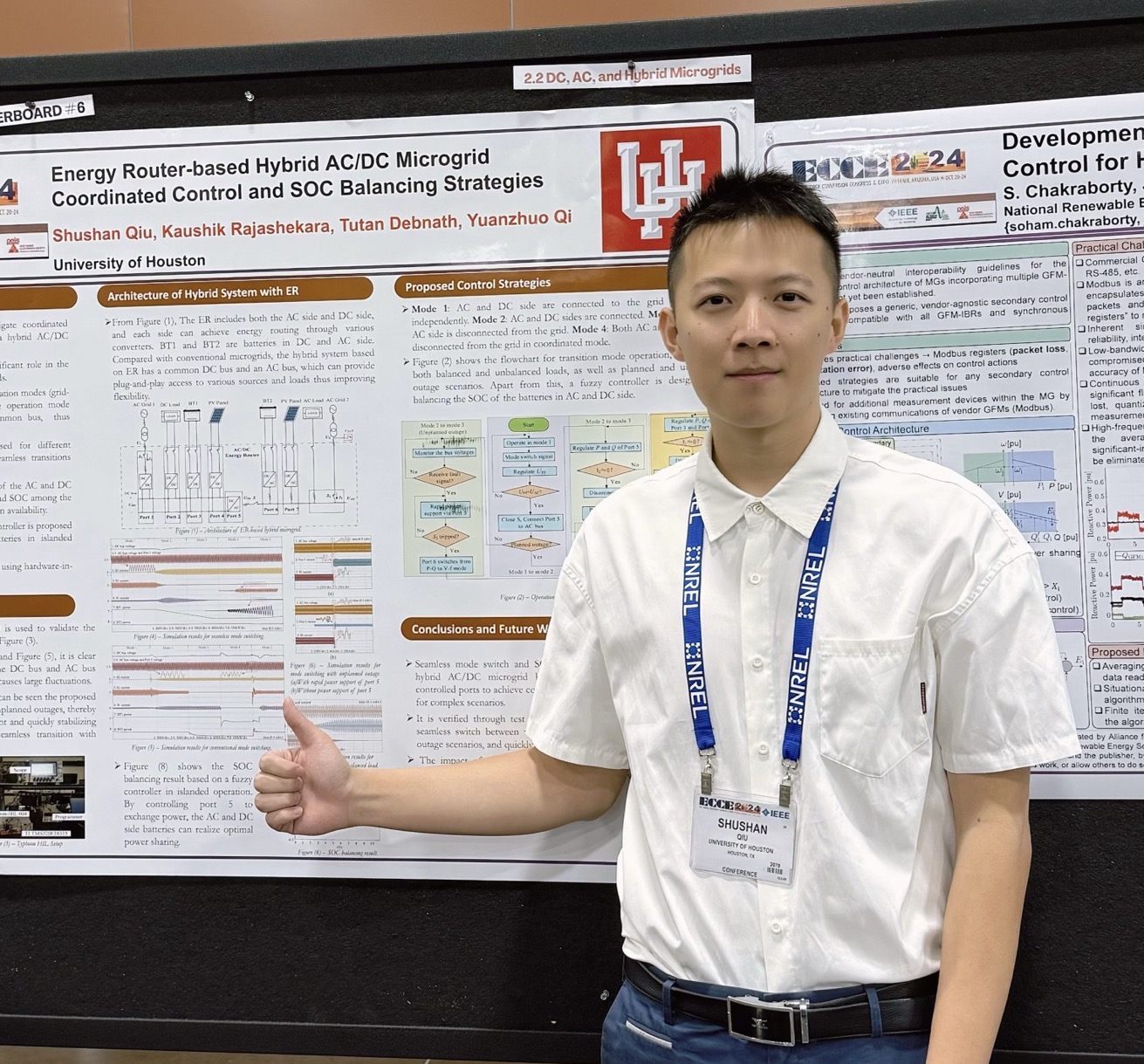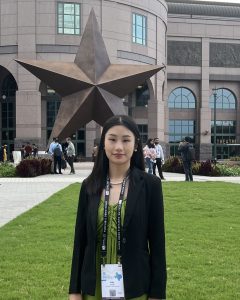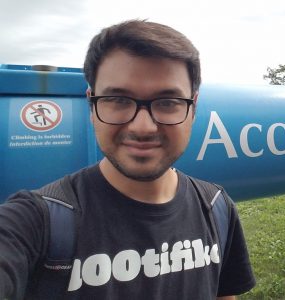Dr. Rohith Pottekkat received his Ph.D. in Power Electronics from the Indian Institute of Science, Bangalore, India, in 2024, and an M.Tech. in Electrical Engineering with a specialization in power electronics and power systems from the Indian Institute of Technology Bombay, Mumbai, in 2013. He completed his B.Tech. in Electrical and Electronics Engineering at the Government Engineering College, Thrissur, India, in 2010.
His current research focuses on standalone power supplies using induction generators. During his Ph.D., Rohith worked on hybrid multilevel inverter topologies for induction motor drives, concentrating on the elimination of lower-order harmonics and enhanced DC bus utilization. He has also undertaken power electronics and embedded systems projects, implementing hardware for motor drives and grid-connected inverter applications. His main areas of interest and technical expertise include power converter design, digital controller design, and embedded systems development for power electronics applications.










